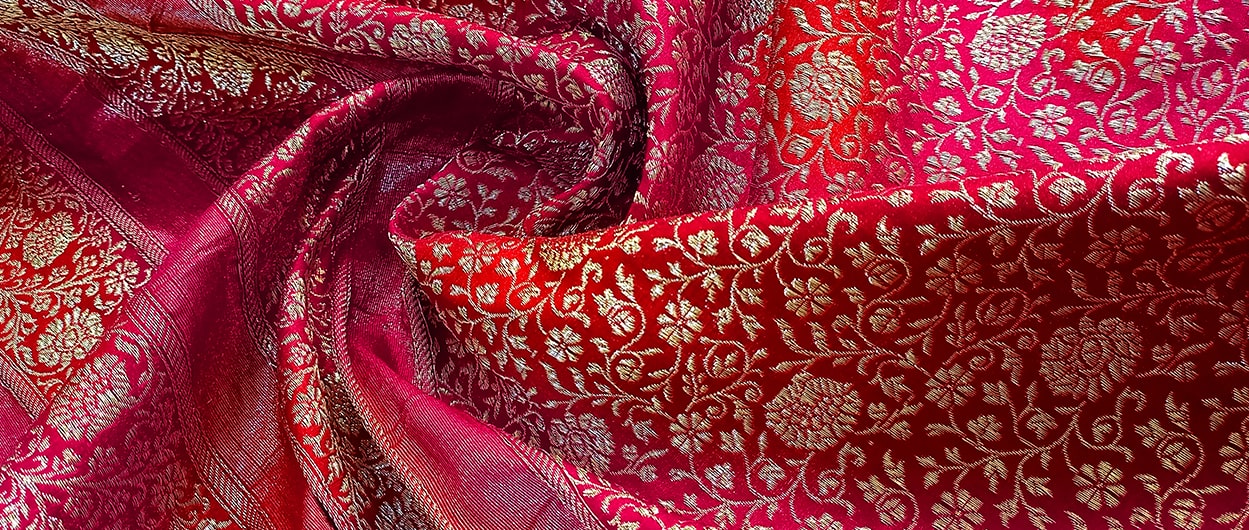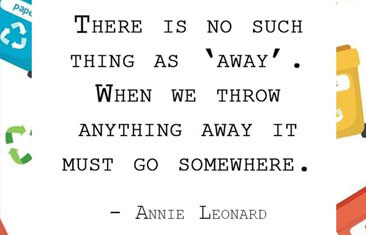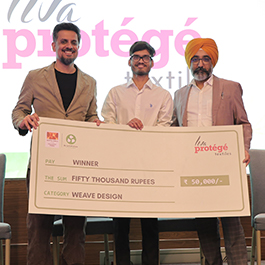Upcycling Silk Waste: Pioneering Sustainability in Indian Textiles
January 31, 2025India, a land of rich textile heritage, holds the unique distinction of producing all four varieties of silk—Mulberry, Tussar, Muga, and Eri. As the second-largest producer of silk globally, the country’s aspirations to surpass China in the next two decades are underscored by efforts to innovate and maximize resource utilization. However, a critical challenge persists: the substantial wastage in the conventional silk extraction process.
An estimated 13,000 metric tons of silk waste is generated annually in India, yet only a small fraction of this waste is utilized productively. Much of it is exported to China for upcycling at nominal value, representing a lost opportunity for the Indian textile industry. Addressing this inefficiency, Birla Cellulose, in collaboration with the Central Silk Board, Bangalore, is championing the upcycling of high value silk waste, transforming it into sustainable, premium products.
Birla Cellulose has made significant strides in innovating processes to convert silk waste into viable, high-quality materials. One such breakthrough involves the utilization of peduncle waste, a by-product resembling a small stick or leafstalk, and Eri silk waste. These are ingeniously blended with Modal, a man-made cellulosic fiber, to create a range of niche silk-blended products. The result is fabrics that not only retain the elegance and exclusivity associated with silk but also embody sustainability and affordability.
The initiative aligns with Birla Cellulose’s broader vision of sustainable textile production. By harnessing waste materials, the company not only minimizes environmental impact but also creates economic value within the domestic market,reducing reliance on exports of raw waste.
The efforts have not gone unnoticed. During a recent visit, Honorable Union Minister of Textiles, Shri Giriraj Singh, expressed admiration for the innovative upcycling practices demonstrated by Birla Cellulose. He emphasized the importance of ensuring that no waste silk is sold in the global market. Instead, India should channel these materials into creating high-value fabrics and garments. His endorsement underscores the potential of this initiative to bolster the Indian textile industry’s global competitiveness while fostering sustainable practices.
The transformative work being undertaken by Birla Cellulose and its collaborators represents an untapped opportunity for Indian brands and exporters. By integrating upcycled silk products into their portfolios, they can cater to the growing demand for sustainable and ethical fashion. This not only enhances brand value but also supports a circular economy within the textile sector.
The upcycling of silk waste embodies a fusion of tradition and innovation, aligning with India’s cultural legacy and modern sustainability goals. As these products find their way into both domestic and international markets, they stand as a testament to India’s ingenuity in reimagining waste as a resource. With continued research, collaboration, and support from policymakers, the vision of a waste free silk industry is well within reach.
By leading such groundbreaking initiatives, Birla Cellulose reiterates its role as a pioneer in sustainable textile solutions, setting new standards for eco-friendly manufacturing practices.










